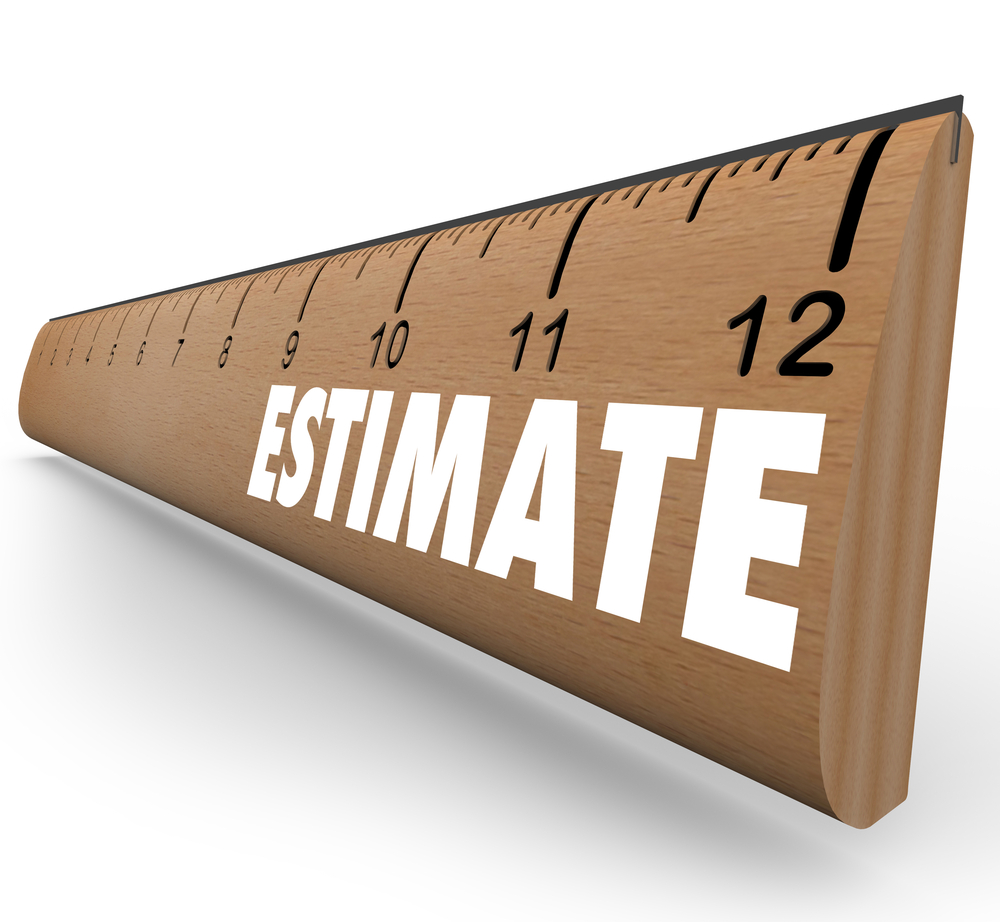 When making calculations or taking measurements, approximations have to be made. Numbers can be approximated to a certain number of decimal places (often called dec. pl. or d.p.) or significant figures (often called sig.fig. or s.f.). Both methods involve the process of 'rounding off'.
When making calculations or taking measurements, approximations have to be made. Numbers can be approximated to a certain number of decimal places (often called dec. pl. or d.p.) or significant figures (often called sig.fig. or s.f.). Both methods involve the process of 'rounding off'.
Significant Figures
In any number, the first non-zero digit is the first significant digit, the next digit is the second significant digit, etc.
e.g. In the number 397.2, the first significant digit is 3 and the second significant digit is 9.
When approximating a number to a given number of significant figures:
- Begin with the first non-zero digit and count in the number of significant figures required.
- Then, if the next digit is a 5 or above, add 1 on to the last significant digit.
- If it is below a 5, then leave the last significant figure as it is. This process is known as rounding off.
e.g. 325.6 = 326 (to 3 significant figures)
0.045 = 0.05 (to 1 significant figure)
72.9 = 73 (to 2 significant figures)
821 = 800 (to 1 significant figure)
Decimal Places
When writing a number to a given number of decimal places:
- Begin by counting in the given number of digits from the decimal point.
- Then, if the next digit is a 5 or above, add 1 on to the last digit.
- If the next digit is below a 5, leave the last significant digit as it is.
e.g. 7.32 = 7.3 (to 1 decimal place)
0.058 = 0.06 (to 2 decimal places)
4.6398 = 4.640 (to 3 decimal places)
51.69 = 51.7 (to 1 decimal place)
Order of Accuracy
Of calculated answers. When carrying out calculations involving measurements, the final answer should be given to the same number of significant figures as the least accurate number given.
When making approximations the order of accuracy should always be stated.
|
Find x |
In solving this problem, 3.1 is the least accurate number, so the answer should be given to 2 significant figures. Using Pythagoras' Theorem:
|
Of measurement. The biggest possible difference between the true length and the measured length is half of the unit shown by the last significant figure.
e.g. A measurement x given as x = 8 means that 7.5 ≤ x < 8.5
A measurement y given as y = 3.7 means that 3.65 ≤ y < 3.75
Estimation
Before making a calculation or solving a problem, especially when using a calculator, an approximate answer should be obtained. This process helps to eliminate mistakes from incorrect keying and calculator malfunction.
Estimates can be obtained mentally by approximating the numbers in the calculation to 1 or 2 significant figures (depending on the question).
Example Answer Calculate 3.185 × 8.693
Make an estimate first.
Estimate: 3 × 9 = 27
Accurate (from calculator): 27.687205

